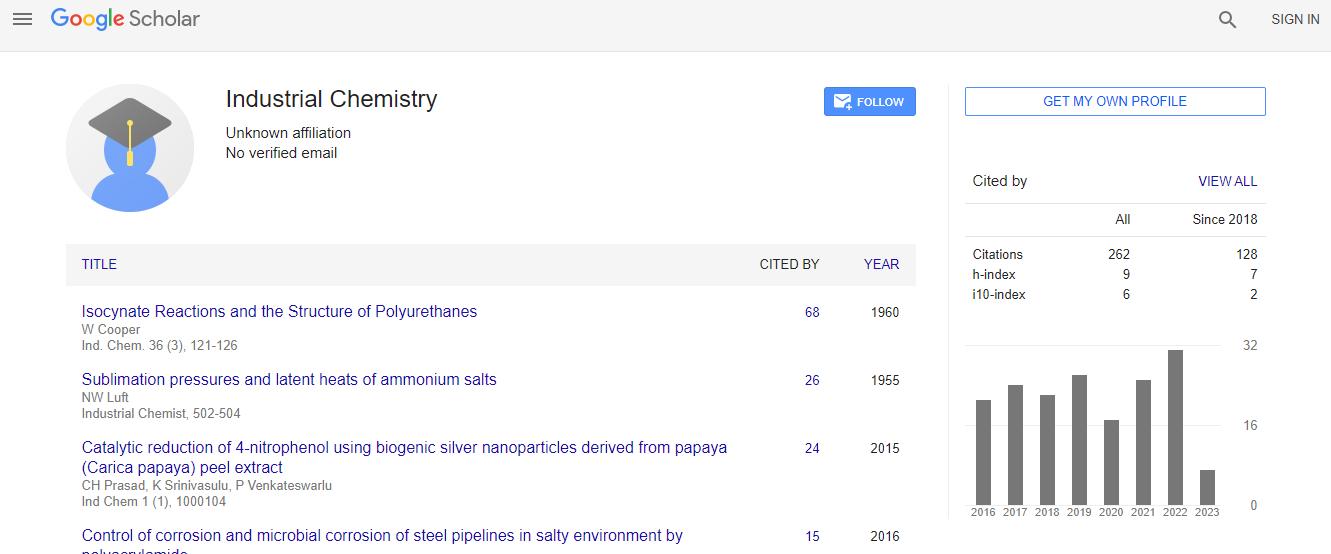Asymmetric metal-catalyzed C-H bonding of alkenes:
*Corresponding Author:
Copyright: © 2020 . This is an open-access article distributed under the terms of the Creative Commons Attribution License, which permits unrestricted use, distribution, and reproduction in any medium, provided the original author and source are credited.
Abstract
The central significance of organ nitrogen mixes, particularly amine subsidiaries, as both manufactured intermediates and valuable final results gives a ground-breaking motivating force to create productive, specific, and practical strategies for the arrangement of C-N securities from plentiful feed stocks. The developing capacity of progress metal mixes to enact and change C-H and C-C obligations of hydrocarbons offers new open doors for the advancement of metal catalyzed C-N bond-shaping responses. The disclosure and improvement of new, artificially valuable metal-catalyzed hydrocarbon nitrogenation responses will be enormously encouraged by clarifying the reactivity of organonitrogen-metal edifices toward unsaturated and immersed hydrocarbons. The Chiral variant of amines is an incredible pharmacophores for characterizing new drug medicates however maybe this isn't unexpected because of their high thickness of auxiliary data which is increased by their inclination for hydrogen bond arrangement. Progress metal-catalyzed hilter kilter allylic amination (AAA) have been accounted for. Among those Pd-and Ir-reactant strategies discovered to be the most widely recognized utilizing essentially pre-functionalized olefins, for example, allyl halides and allyl acetic acid derivations (nucleophilic allylic replacements) and basic olefins (allylic C-H amination). These strategies however find reasonable applications in the manufactured science, a large portion of them endure because of the necessity of olefin pre-functionalization and side-effects, for example, salts. To beat the current impediments, the more efficient and valuable synergist allylic C-H amination of basic olefins is required. As of late we have gained ground in creating copper-catalyzed awry allyl amination of alkenes utilizing aryl hydroxylamine as nitrogen section contributors, which have not been accounted for up until now. The consequence of this investigation will shape the topic of the current talk.

 Spanish
Spanish  Chinese
Chinese  Russian
Russian  German
German  French
French  Japanese
Japanese  Portuguese
Portuguese  Hindi
Hindi 